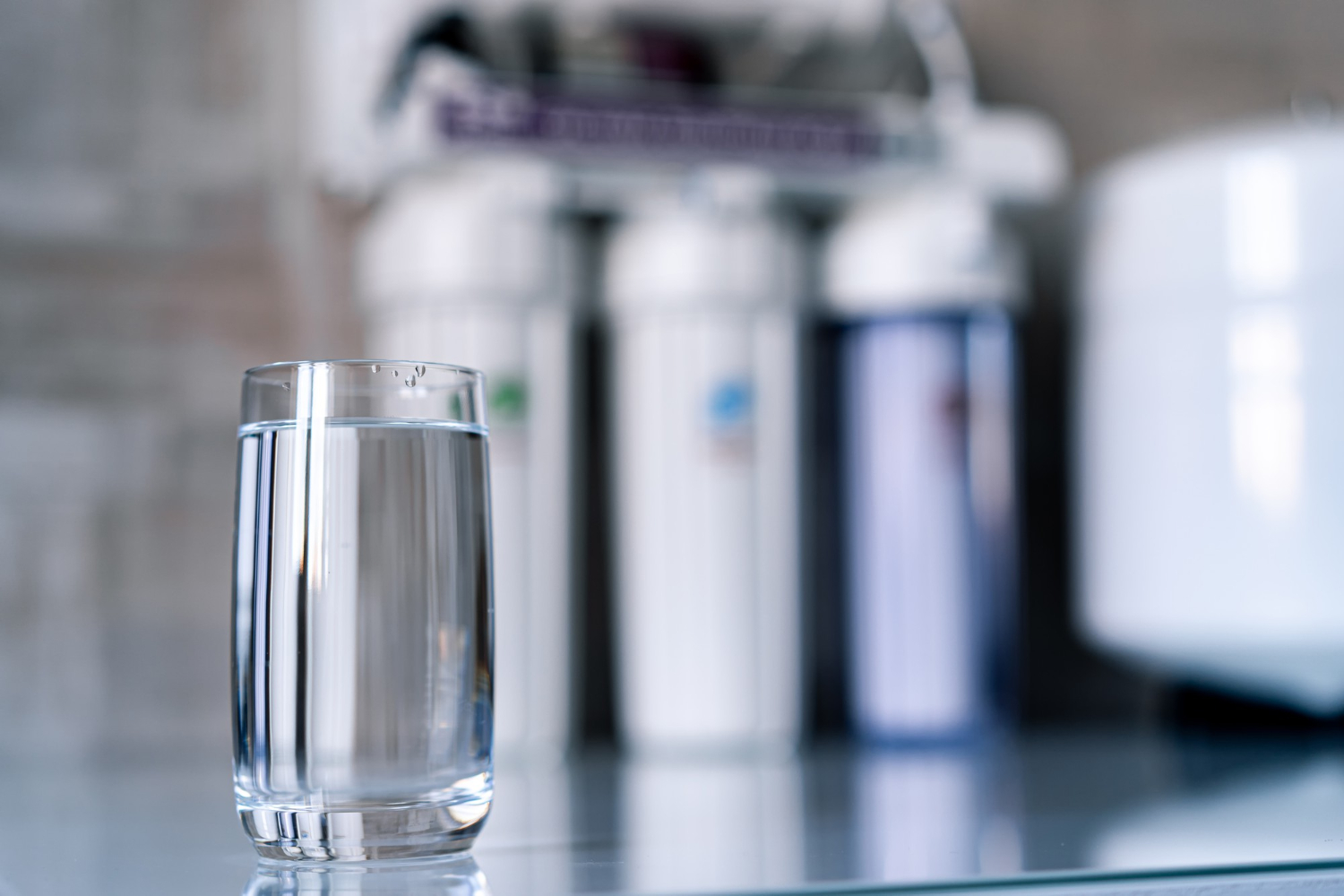Crystal Clear: Unlocking the Secrets of Reverse Osmosis Water Quality

Reverse osmosis (RO) technology is a leading method for purifying water, providing households and businesses with clean, crystal-clear drinking water. Understanding the secrets behind reverse osmosis water quality can help you appreciate the effectiveness of this process in removing contaminants and ensuring the purity of your water supply.
The Science Behind Reverse Osmosis
Reverse osmosis is a water purification process that uses a partially permeable membrane to remove ions, molecules, and larger particles from drinking water. By applying pressure to the water, the system forces it through the membrane while blocking contaminants, resulting in clean, purified water on the other side.
Key Components of a Reverse Osmosis System
- Sediment filter: Removes larger particles and sediment.
- Carbon filter: Removes chlorine, organic chemicals, and odors.
- Reverse osmosis membrane: Removes dissolved solids, heavy metals, and other contaminants.
- Post-filter: Polishes the water and removes any remaining tastes or odors.
The Secrets of Reverse Osmosis Water Quality
Removal of Contaminants
One of the key benefits of reverse osmosis is its ability to remove a wide range of contaminants from water, including:
- Chlorine
- Lead
- Mercury
- Fluoride
- Arsenic
- Sulfates
Improved Taste and Odor
Reverse osmosis systems not only remove harmful contaminants but also improve the taste and odor of water by eliminating chlorine, sulfur, and other chemicals that can affect the quality of drinking water.
Mineral Retention
While reverse osmosis systems are highly effective at removing contaminants, they can also strip water of essential minerals like calcium and magnesium. Some advanced RO systems include remineralization stages to reintroduce beneficial minerals back into the water, ensuring a balanced pH level and improved taste.
Factors Influencing Reverse Osmosis Water Quality
Water Pressure
The efficiency of a reverse osmosis system is directly influenced by water pressure. Higher water pressure can improve the rate of water production and the removal of contaminants, resulting in higher-quality water output.
Temperature
Water temperature can also impact the performance of a reverse osmosis system. Warmer water tends to flow more easily through the membrane, while cold water may require more pressure to achieve the desired purification level.
Maintenance and Filter Replacement
Regular maintenance and timely filter replacement are essential for maintaining the quality of reverse osmosis water. Over time, filters can become clogged with impurities, reducing the efficiency of the system and potentially allowing contaminants to pass through.
Choosing the Right Reverse Osmosis System
Consider Water Quality
Before selecting a reverse osmosis system, consider the quality of your water supply and the specific contaminants you want to remove. Some systems are designed to target certain contaminants more effectively than others.
Capacity and Efficiency
Evaluate the capacity and efficiency of the reverse osmosis system to ensure it can meet your household or business needs. Larger systems with higher flow rates may be more suitable for larger families or commercial applications.
Remineralization Options
If you are concerned about mineral retention in your water, look for reverse osmosis systems that offer remineralization options to maintain a healthy mineral balance in your drinking water.
Conclusion
Reverse osmosis technology plays a crucial role in ensuring the quality and purity of drinking water by effectively removing contaminants and improving taste and odor. Understanding the secrets behind reverse osmosis water quality can help you make informed decisions when choosing a system for your home or business. By considering factors such as water pressure, temperature, and maintenance, you can unlock the full potential of reverse osmosis in providing crystal-clear, high-quality drinking water.
